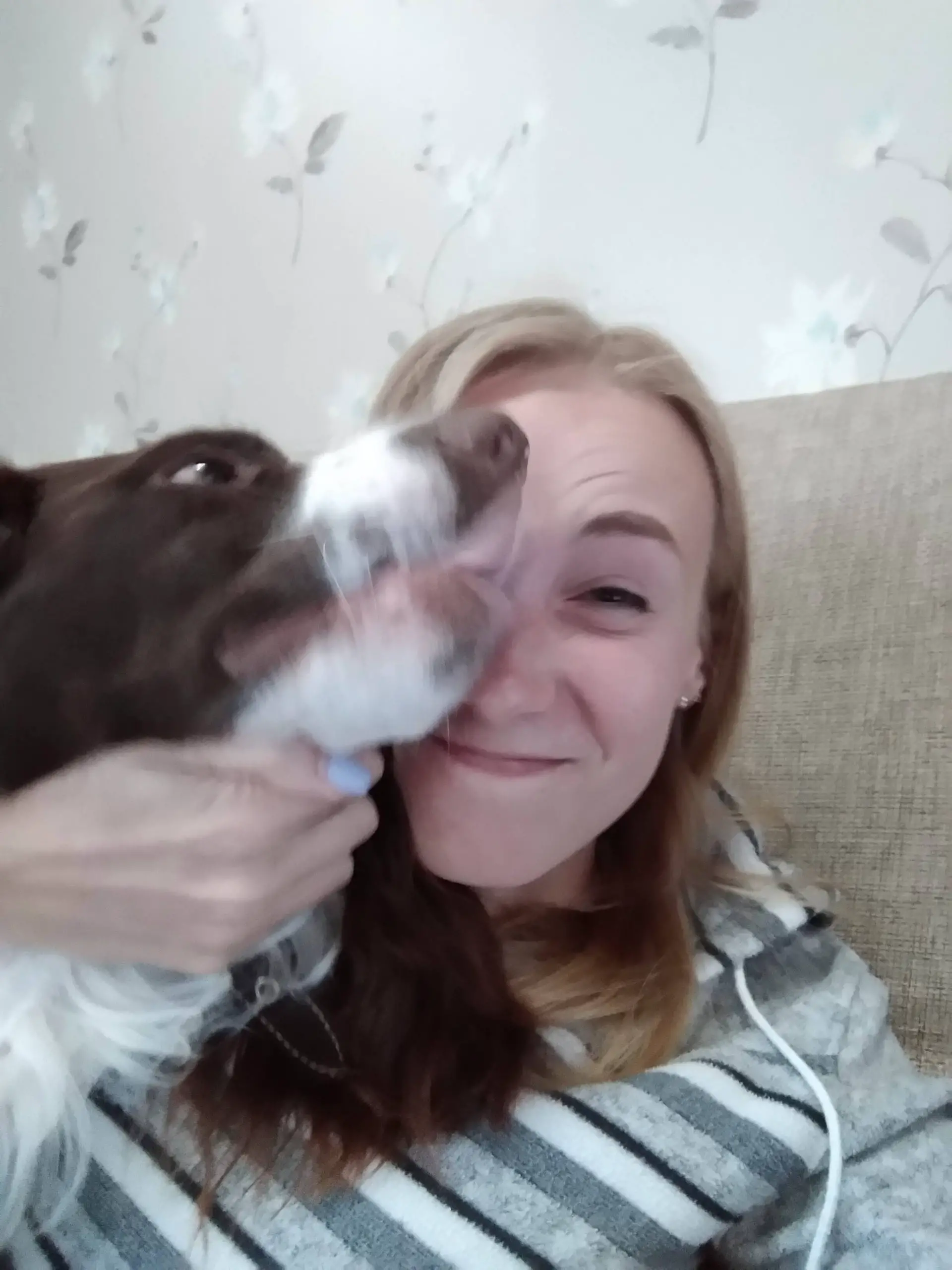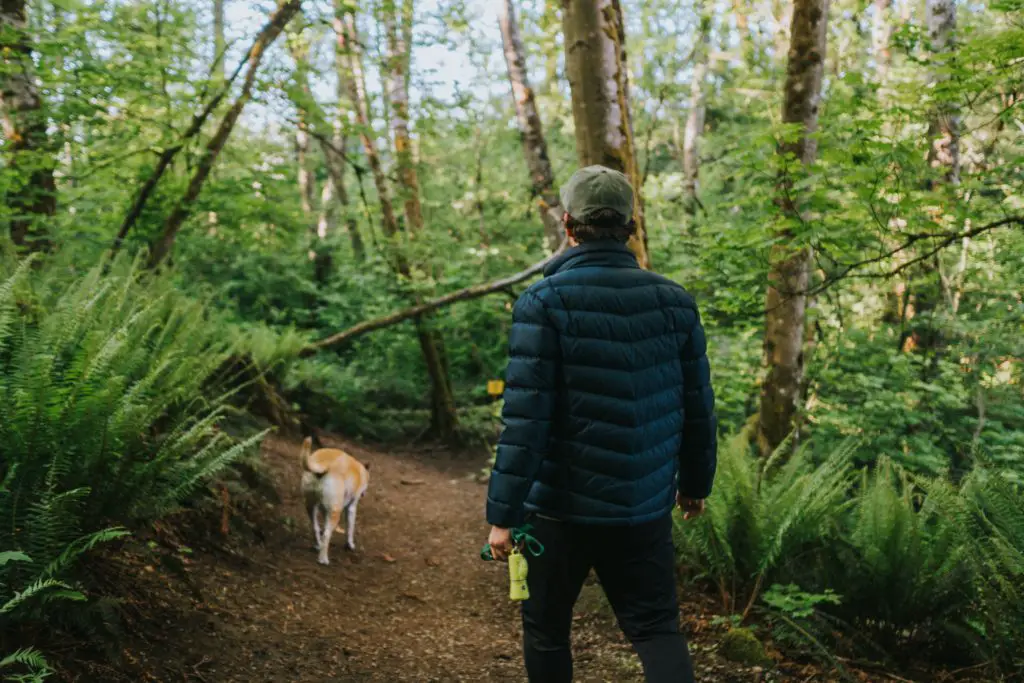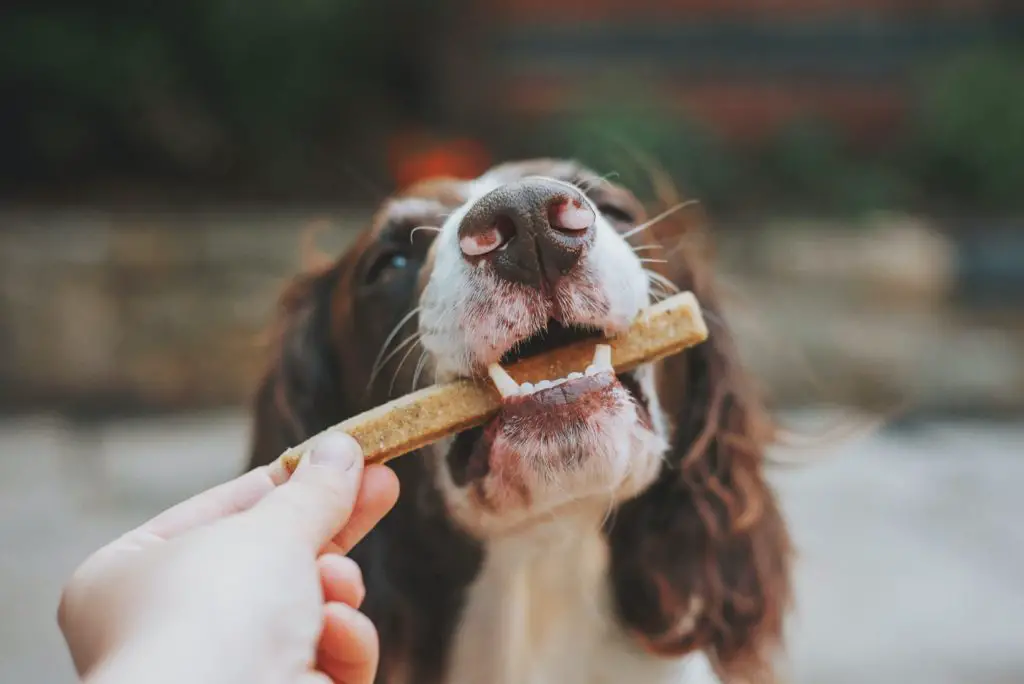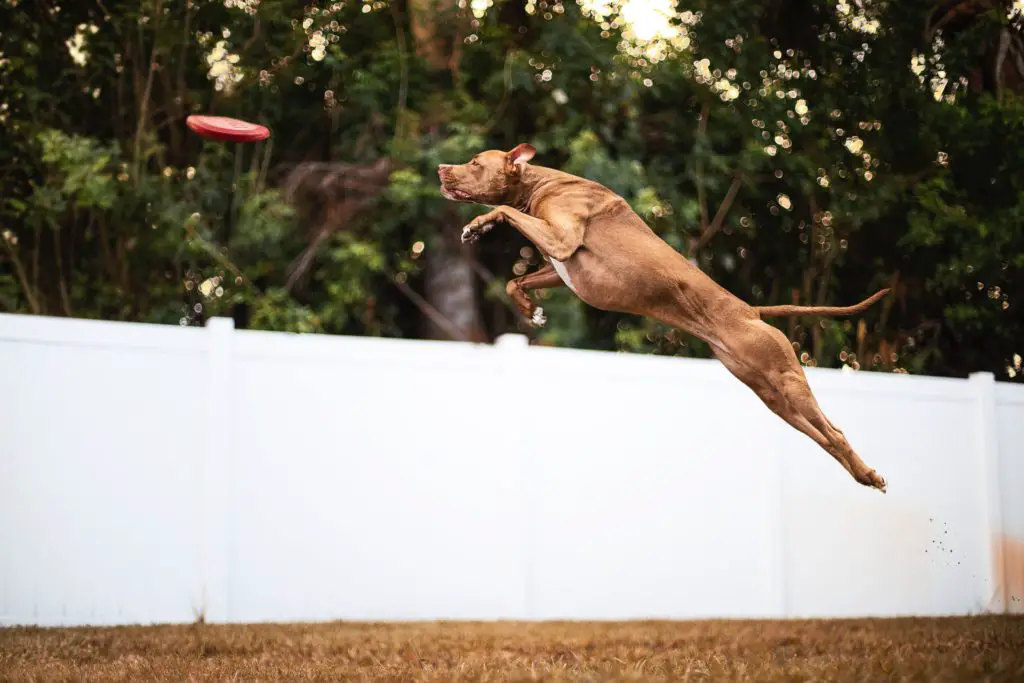When it comes to our dog’s nutritional needs, providing the right amount of dog food is necessary to fulfill its requirements. But, most owners complain that it becomes difficult to calculate the exact measurements of dog food.
Do you also want to know how to calculate the cups/quarts/pounds ratio for dog food?1 pound of dog food contains 0.479 quarts, 1.3lb equals 1 quart for the dry dog food. There are about 4 cups in one quart. In one pound of dog food, you can get 4 cups. The exact measurement may differ due to mug size and difference in dry and wet dog food.
Now, let’s get to know more about how much food you can give your dog using the cups, quarts, and pounds ratio. Check out the best organic dog food on Amazon now!
How Many Cups Are There In A Pound Of Dog Food?
In general, there are 4 cups in one pound of dry dog food. But, your calculations may differ depending on the size of the mug and the type of dry food. While 4 cups in one pound is a standard measurement, sometimes dry dog food can also occupy 3 – 3.5 cups in one pound.
If the size of the cup concerns you, remember that 1 pound contains 16 ounces. So, you can get the exact value of pounds by determining the number of ounces your cup can hold. If the dog food has a label regarding the measurements on the can, we recommend following those to know the exact amount of food you need to feed.
| Pounds | Cups |
| 50 lb of dry dog food | 200 cups |
| 30 lb of dry dog food | 120 cups |
| 15 lb of dry dog food | 60 cups |
| 5 lb of dry dog food | 20 cups |
| 1 lb of dry dog food | 4 cups |
How Many Pounds Of Dog Food Are There In A Quart?
According to a general estimate, one pound (lb.) equals 0.4973 quarts. For calculating the amount of dry kibble, we consider that one quart is equal to 1.3 lbs.
This estimate is for dry dog food. The measurement may differ for wet dog food and foods of different companies. By using this formula, you can also calculate higher amounts of dog food and get the exact ratio.
| Pounds | Quarts |
| 50lb of dry dog food | 65 quarts |
| 30lb of dry dog food | 39 quarts |
| 15lb of dry dog food | 19.5 quarts |
| 5lb of dry dog food | 6.5 quarts |
| 1.3 lb of dry dog food | 1 quart |
How Many Cups Are In A 50 lb Bag Of Dog Food?
We already know that 1 pound of dog food can occupy 4 cups. Using these calculations, we multiply the 4 cups of dog food with 50 lbs. The answer is that we can get 200 cups of dog food in a 50 lbs. bag. The value will differ if you can occupy 1 pound of dog food in 3 large cups.
How Many Cups Are In A 30 lb Bag Of Dog Food?
We will use the above calculations here as well. After multiplying 4 cups (containing one pound of dry kibble) with a 30 lbs. bag, the answer is 120 cups. So, a 30 lbs. bag contains 120 cups of dry dog food.
How Many Cups Are In A 15-Pound Bag Of Dog Food?
A 15-pound bag will contain 60 cups of dog food. As you’ll generally feed 1 pound of food to your dog every day, a 15-pound bag will ideally last for 15 days or so.
However, the quantity of food also varies with the brand. High-quality dog foods have more nutrients, and you only have to feed half a pound daily to your dog. So, such 15 lbs. bags of dog food can last for at least a month.
How Many Quarts Is A 15 lb Bag Of Dog Food?
According to a formula, 1 dry quart is equal to 1.3 lbs. (pounds). So, we calculate the quarts in a 15 lbs. bag by multiplying 15 lbs. with 1.3. The result is, a 15 lbs. bag of dog food has 19.5 quarts.
How Many Quarts Is A 50 lb Bag Of Dog Food?
We will use the same formula as mentioned above. By multiplying 50 lbs. with 1.3, we see that a 50 lbs. bag of dog food is 65 quarts.
How Many Quarts Is A 30 lb Bag Of Dog Food?
A 30 lbs. bag of dog food will have approximately 39 quarts.
Check out the best organic dog food on Amazon now!
Final Words
Calculating the cups, quarts, and pounds ratios can be difficult, but it’s necessary if you want to provide the right amount of food to your dog.
We have cleared all your confusion by stating the formulas and getting the exact values from them. However, these measurements are not entirely accurate, and you may see some variations depending on several factors.

My name is Katie, and I have had different pets at home for as long as I can remember. While I can definitely say I love all animals in general, my heart belongs to cats and dogs. I know you are supposed to choose one or the other, but I could never really decide. I’ve also owned hamsters and fish when I was a kid, and they filled my childhood with very delightful memories.





